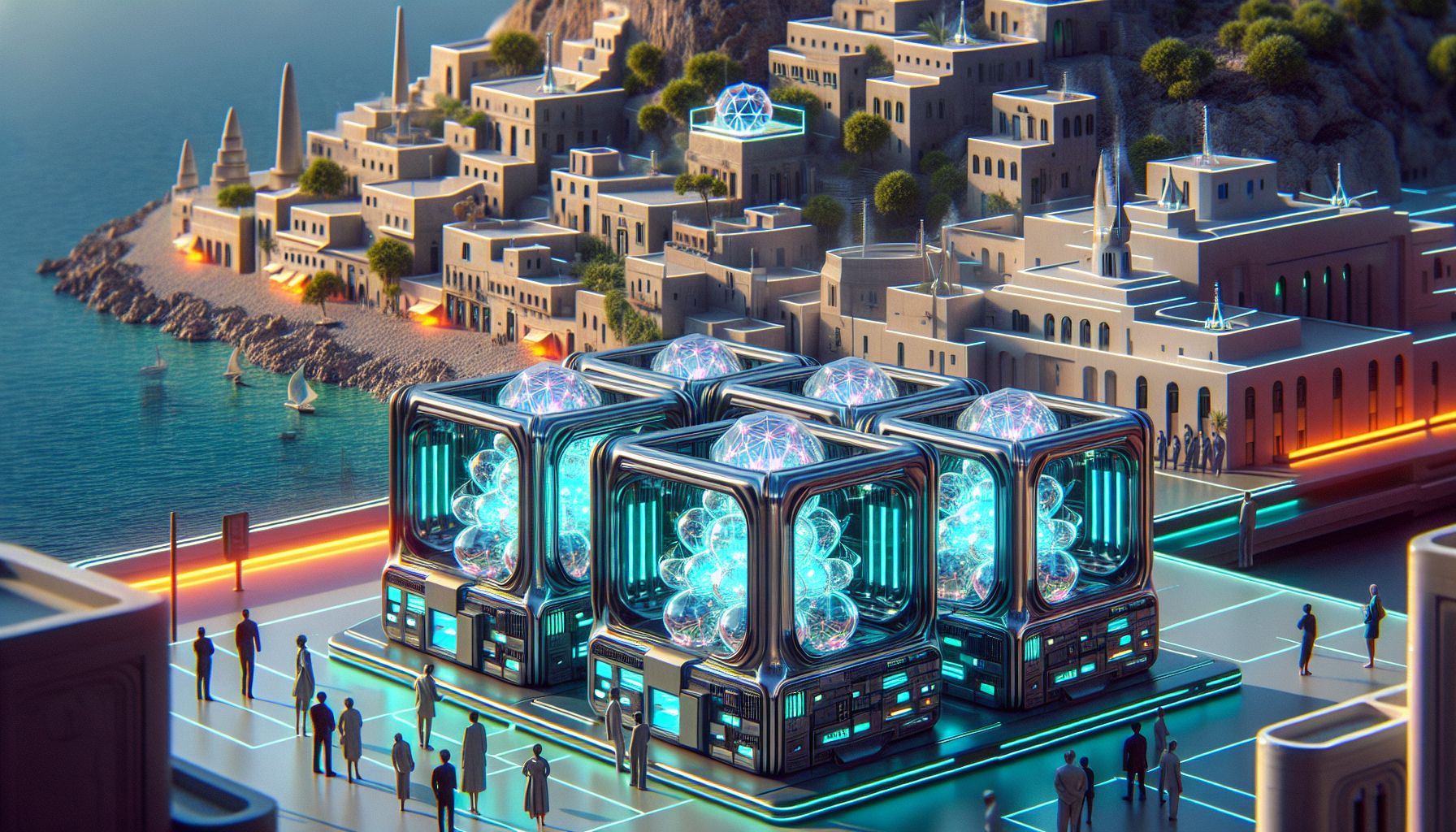Exploring the Hydrogen Boost from Small Modular Reactors in Crete

Heraklion, Monday, 14 April 2025.
Imagine Crete powered by small nuclear reactors producing hydrogen. A study shows this combo cuts CO2 and costs, hinting at a sustainable energy future. Curious, right?
A Sustainable Combo: SMRs and Hydrogen
Small Modular Reactors (SMRs) are like the Swiss army knife of the nuclear world. They’re compact, flexible, and safe, and they don’t belch carbon into the air. Think of them as the eco-friendly superheroes ready to save the day by powering hydrogen production. On Crete, a study finds that hybrid systems combining SMRs and hydrogen production could slash CO2 emissions by over 5 million tons annually. It’s a dream combo, producing enough hydrogen to power local hotels and industries, with carbon reductions that’ll make Mother Nature smile [1].
Economic Feasibility: Not Just a Pipe Dream
Here’s the kicker: the economic numbers match the environmental benefits. The study’s calculated Levelised Cost of Electricity (LCOE) ranges from EUR 0.046 to 0.052 per kWh, which is like getting an all-you-can-eat buffet for the price of a sandwich. This is cheaper than many renewable sources. Imagine cutting your electricity bill yet helping save the environment at the same time. It’s not just feasible; it seems inevitable [1].
Hydrogen’s Role in a Modern Island
The vision is clear: imagine Crete not just as a tourist haven but as a hydrogen economy leader. Hydrogen, produced through SMRs, could seamlessly interconnect and decarbonize sectors—from tourism to manufacturing. This is more than just a science fair project; it’s about crafting a greener, vibrant economy. It’s not just the windmills turning on this island—it’s innovation [1].
Challenges and the Road Ahead
Of course, every rose has its thorns. Integrating SMRs with hydrogen production means technical, regulatory, and social challenges need addressing. But the long-term benefits outweigh these bumps. The icing on the cake? Communities that might only see nuclear power in dystopian movies could open up to its benefits, especially when paired with green tech. It’s a vision of tomorrow, grounded in today’s reality [1].